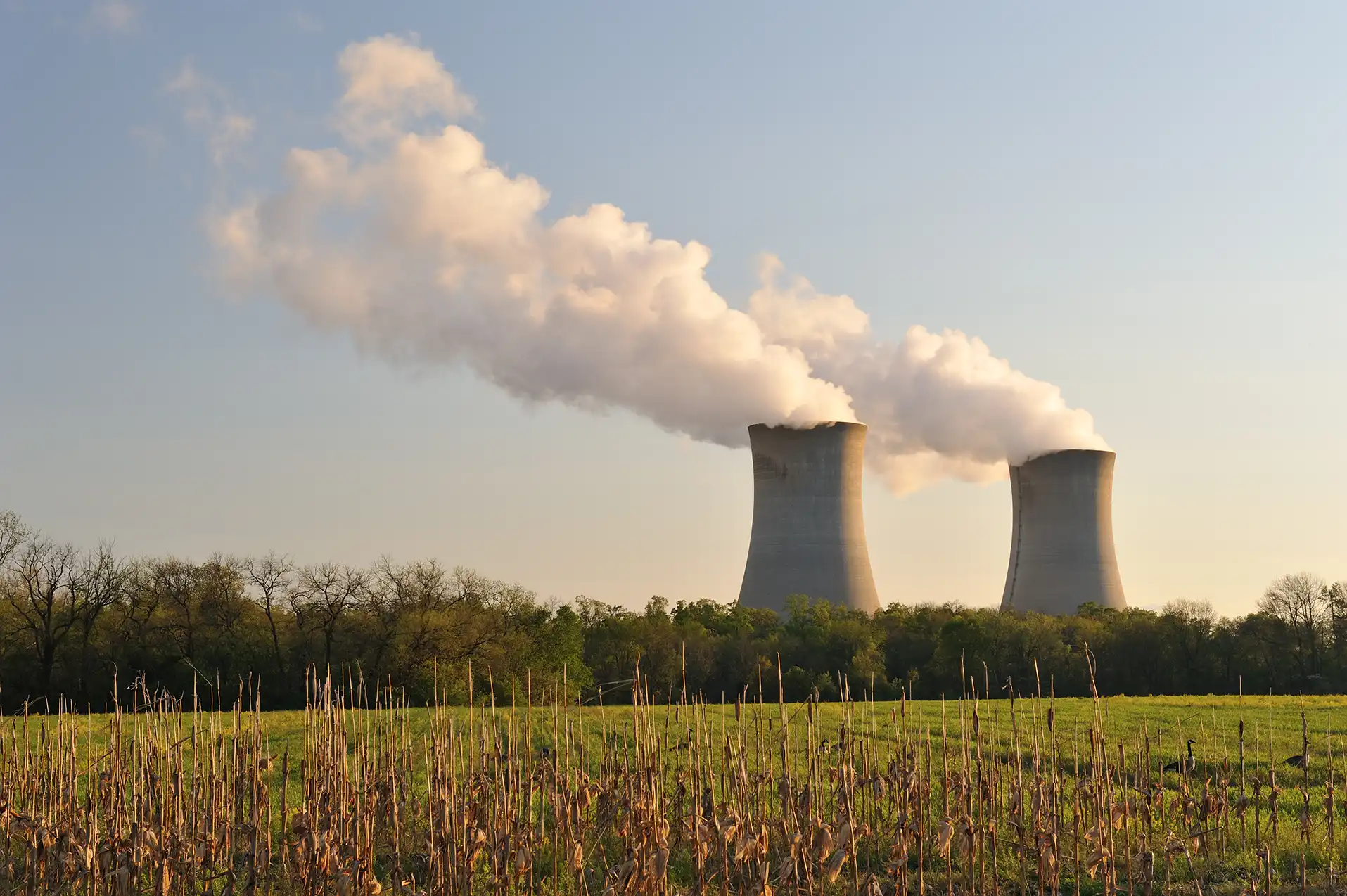Nuclear energy is a carbon-free power source that is cleaner and more cost-effective to produce than most other forms of energy. It is abundant, reliable, and highly efficient — a critical resource for meeting global energy demands.
Yet, despite its advantages, nuclear energy hasn’t fully gained widespread acceptance. While momentum is growing thanks in part to President Trump signing executive orders to usher in a nuclear renaissance, some public hesitancy remains. Tennessee Governor Bill Lee has emerged as a vocal advocate for nuclear energy investment, championing its potential in an opinion piece he authored for the Wall Street Journal earlier this year.
At ORAU, we’ve been proponents of nuclear power since its infancy. Originally founded as Oak Ridge Institute for Nuclear Studies in 1946, ORAU has played a pivotal role in advancing nuclear science and education. Today, we’re addressing a critical national need by accelerating and expanding STEM credentials in the nuclear energy sector through our Partnership for Nuclear Energy (PNE) initiative. One of the outcomes of PNE is a Nuclear Energy Academic Roadmap.
However, the nuclear industry continues to face challenges rooted in persistent myths and misconceptions about nuclear power. These myths often overshadow the facts and hinder progress. So, we’re tackling the top 10 objections to nuclear energy and revealing the truth about why it’s poised for a comeback.
Myth 1: Nuclear energy is not safe
Fact: Nuclear energy is one of the safest forms of energy production when well managed. Modern reactors are designed with multiple safety systems to prevent accidents, and the nuclear industry has a strong safety culture (as a champion of safety culture, ORAU recognizes what makes this so important). Statistically, nuclear energy has fewer fatalities per unit of energy produced compared to fossil fuels.
Safety is all about context, so let’s give nuclear safety some context: According to the World Health Organization (WHO), 1.35 million die worldwide in car wrecks annually; the International Labour Organizations (ILO) says 2.9 million die in work-related accidents; and the WHO cites 7 million premature deaths caused by exposure to air pollution. How many have died deaths directly related to nuclear incidents? Less than 200. Not annually—200 total in the entire history of nuclear energy. Check out the data from the World Nuclear Association, and the WHO and the International Atomic Energy Agency (IAEA) agree.
The World Nuclear Association adds this: “It should be emphasized that a commercial-type power reactor simply cannot under any circumstances explode like a nuclear bomb – the fuel is not enriched beyond about 5%, and much higher enrichment is needed for explosives.”
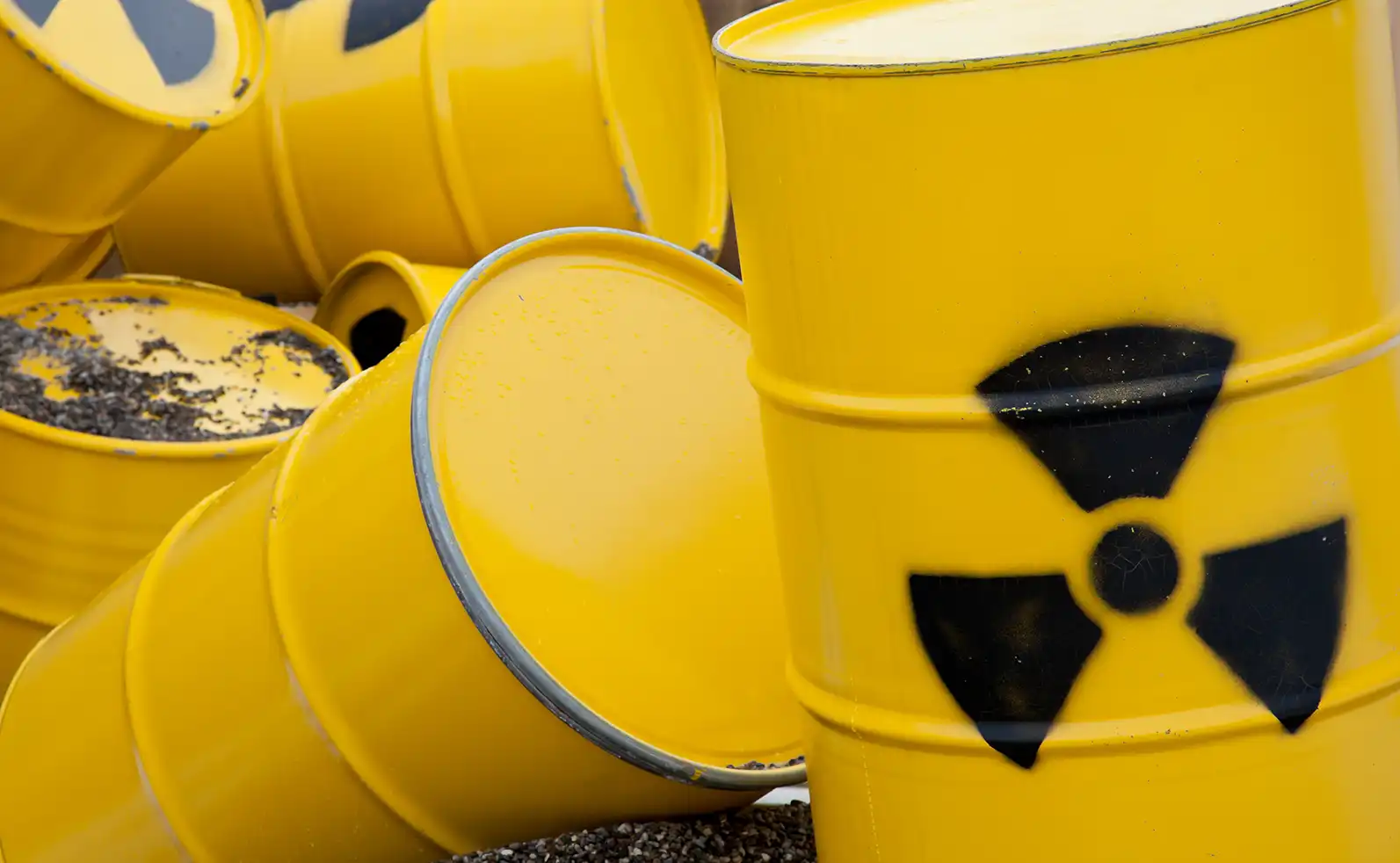
While there are lots of myths about nuclear power, it’s clean, reliable and safe.
Myth 2: Nuclear power plants emit dangerous levels of radiation
Fact: Nuclear power plants are designed to contain radiation effectively. Under normal operations, the radiation emitted is minimal and well below the levels considered harmful to humans or the environment.
What about the infamous accidents you’ve heard about? Here’s some important information I found on the World Nuclear Association’s website:
- Three Mile Island, United States, 1979: The amount that leaked was no more exposure than you might get when you get a chest X-ray. According to the U.S. Nuclear Regulatory Commission (NRC), there were NO adverse health or environmental consequences.
- Chernobyl, Ukraine, 1986: This accident happened because of safety standards unique to the Soviet Union. According to the WHO, fewer than 50 deaths are attributed to the Chernobyl disaster when it occurred, but the long-term effects of the radiation leak are inconclusive because of inconsistencies in public health reporting in this region of the world.
- Fukushima, Japan, 2011: An earthquake and tsunami destroyed the nuclear power plant and nuclear radiation was released, but the IAEA and Japanese authorities agree no one died because of the radiation leaks. The 19,000+ deaths were the result of the tsunami.
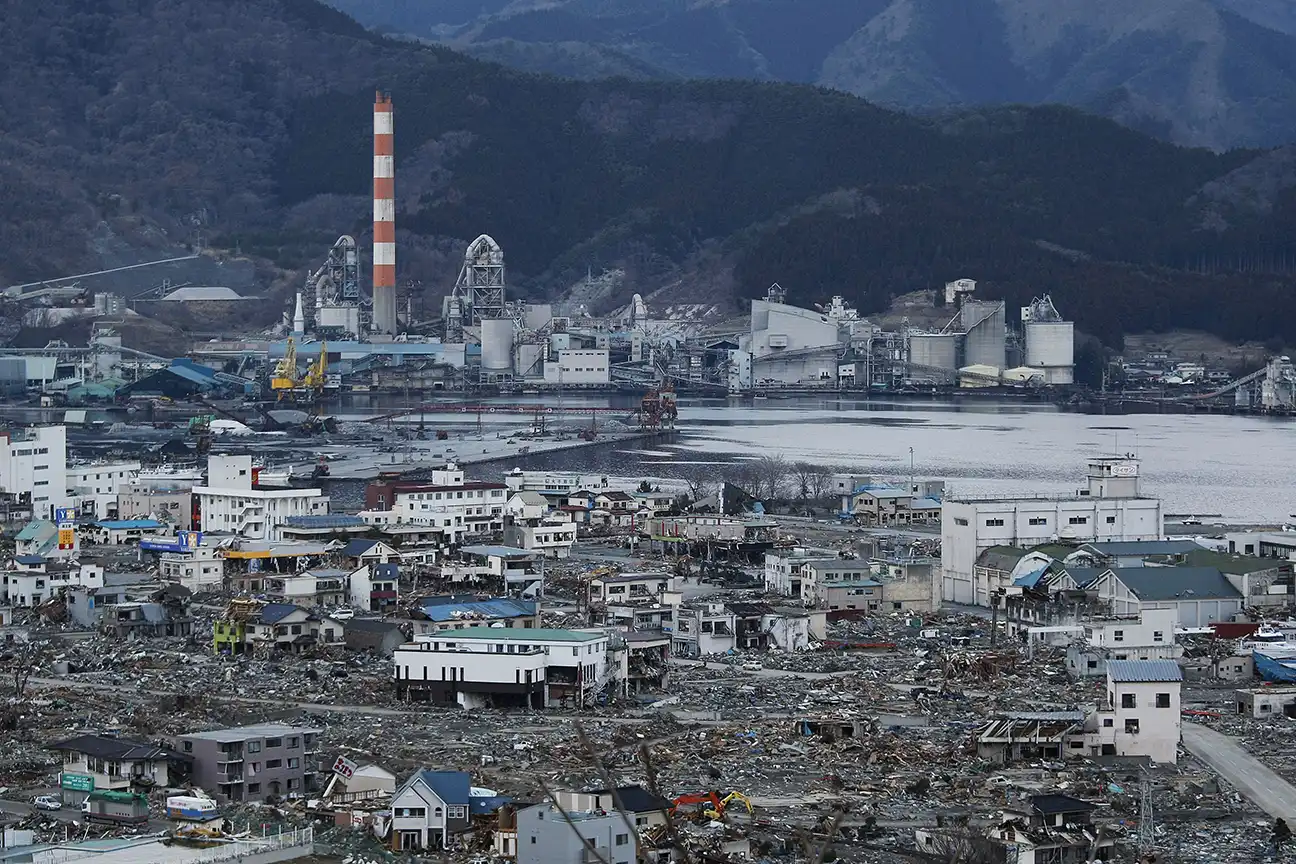
Stock image of Fukushima, Japan, after deadly tsunami hit on March 11, 2011. Picture taken March 23, 2011.
Myth 3: Nuclear waste is an unsolvable problem
Fact: While nuclear waste management is a challenge, it is not unsolvable. Technologies exist to safely store and contain nuclear waste, such as deep geological repositories. Additionally, advancements in nuclear reactor designs, like breeder reactors and thorium reactors, can recycle and reduce waste. The volume of waste produced by nuclear energy is also relatively small compared to the waste generated by other energy sources.
According to the U.S. Department of Energy (DOE), by volume, all the nuclear waste generated in the U.S. each year can fit into HALF of one Olympic-sized pool. It’s easily and safely buried in steel canisters encased in concrete.
Myth 4: Nuclear energy is too expensive
Fact: While the upfront costs of building nuclear power plants aren’t cheap, the long-term operational costs are relatively low due to the efficiency of nuclear fuel. Over time, nuclear energy can be cost-competitive with other forms of energy, especially as fossil fuel prices fluctuate. Additionally, new reactor designs aim to reduce construction costs and improve scalability.
Myth 5: Renewable energy sources can completely replace nuclear energy
Fact: While many people argue that renewable energy sources like wind and solar are essential for a sustainable energy future, they are intermittent and depend on weather conditions. Nuclear energy provides a reliable baseload power supply that complements renewables and helps ensure grid stability. A balanced energy mix that includes nuclear and renewables is often considered the most practical solution.
Remember what happened in Texas during the winter of 2021? A major winter storm caused a power grid disaster. The state government had fully bought into renewable energy in the decade leading up to the catastrophe, and wind and solar power had replaced many fossil fuel power sources. After a week of sub-zero temperatures, the Texas Tribune reported that the state’s electric grid operator “lost control of the power supply, leaving millions without access to electricity.” The utility company decided to force blackouts. The paper went on to say the Electric Reliability Council of Texas (ERCOT) admitted it was just four minutes away from total grid collapse, which could have resulted in power loss lasting for months. Hundreds of people died in these blackouts.
Renewable energy is at the mercy of good weather conditions. Solar panels cannot capture sunlight, and wind turbines cannot spin when covered in snow and ice.
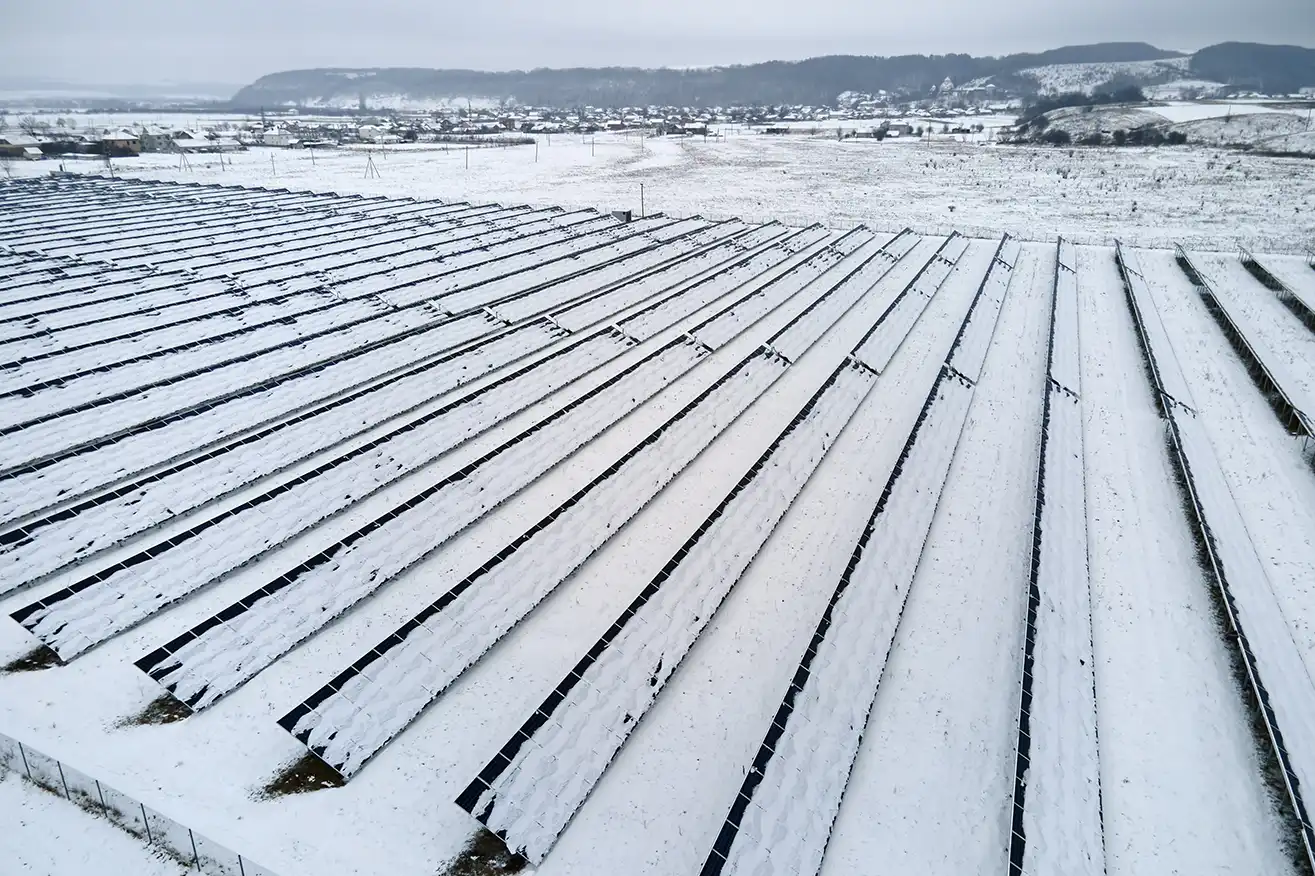
Stock photo of solar panels covered in snow.
Myth 6: Nuclear power plants are vulnerable to terrorism and sabotage
Fact: Nuclear facilities are among the most secure industrial sites in the world. They are designed with multiple layers of physical and cyber security measures to prevent unauthorized access or attacks. Additionally, reactor designs include robust containment structures to mitigate risks. Read more about what the World Nuclear Association says about the security of nuclear reactors.
Myth 7: Nuclear energy contributes to climate changes
Fact: Nuclear energy is a clean energy source. It generates electricity without emitting greenhouse gases, which have been linked extensively to changes in our climate, during operation. That’s why it’s considered carbon-free energy. Its lifecycle emissions (including construction and decommissioning) are comparable to those of wind and solar energy.
Myth 8: Nuclear energy depletes natural resources
Fact: Nuclear energy is highly efficient, and uranium reserves are abundant. The IAEA and Nuclear Energy Agency (NEA) jointly published a book about uranium resources, citing uranium as one of the more abundant elements in the Earth’s crust. Furthermore, advanced reactor designs, such as breeder reactors, can use fuel more efficiently and even recycle spent fuel, reducing the need for new uranium mining.
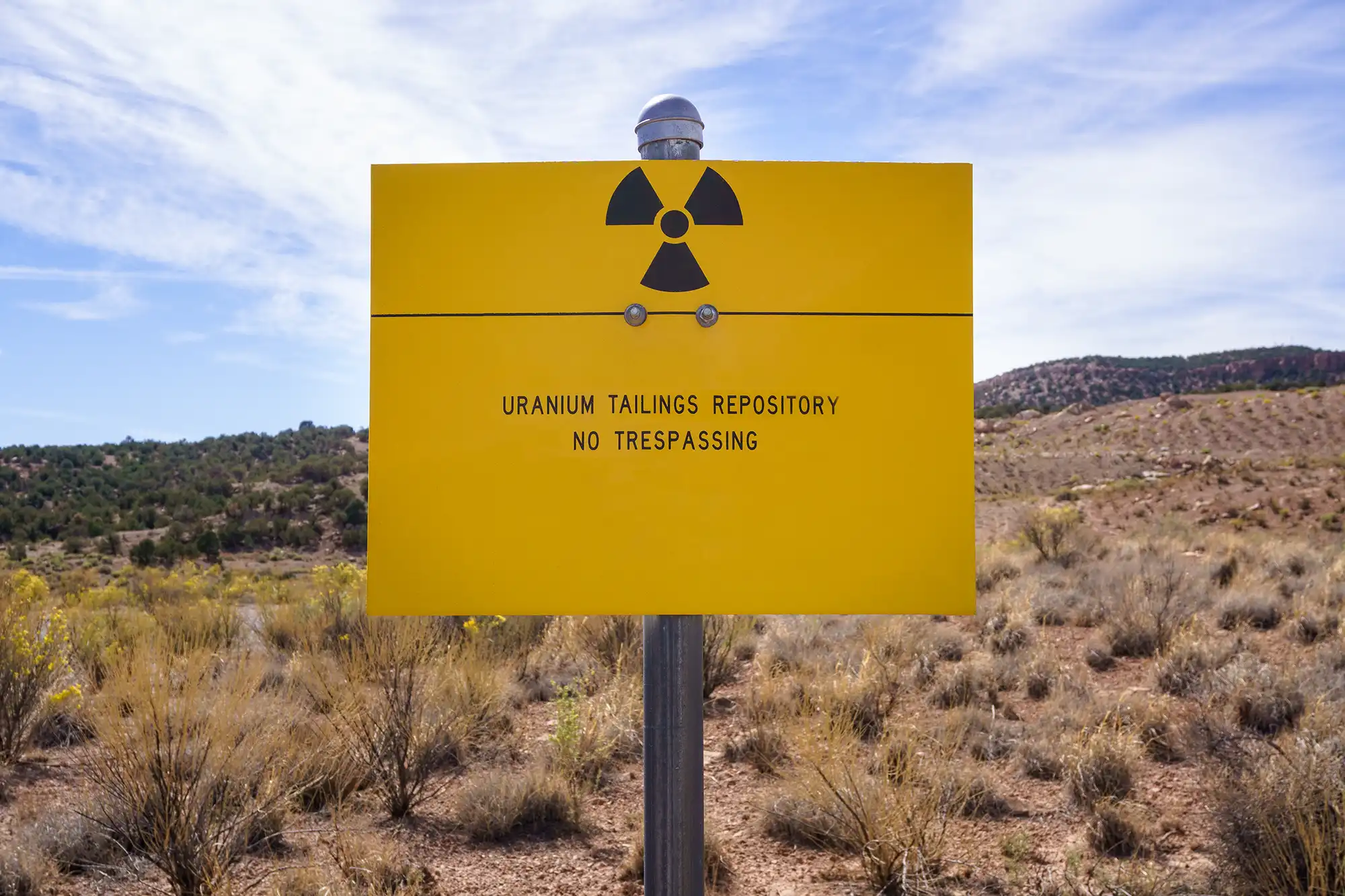
Stock photo of uranium mine.
Myth 9: Nuclear accidents are inevitable
Fact: While no energy source is entirely risk-free, the frequency and severity (danger to people and the environment) of nuclear accidents are extremely low. Major accidents like Chernobyl and Fukushima were caused by specific design flaws or external events, and lessons learned from these incidents have led to significant improvements in reactor safety over the past five decades.
Myth 10: Nuclear energy is outdated technology
Fact: Nuclear energy continues to evolve with advancements in reactor designs, such as small modular reactors (SMRs), fusion energy research, and thorium-based reactors. These innovations promise even safer, more efficient and more sustainable nuclear power solutions.
Something to consider: As AI technology grows and demands more computational power (and thus more energy), SMRs could provide a sustainable solution to meet this increasing energy need. Whereas a typical search engine query involves retrieving pre-indexed data from servers, an AI search requires running advanced algorithms on large-scale neural networks. These AI models often operate on high-performance specialized hardware, which consumes significantly more energy. (According to data presented at the Annual Meeting of the Association for Computational Linguistics in Florence, Italy in 2019, a standard web search might consume a few watts of energy for each query, but an AI search can require hundreds of watts or more.)
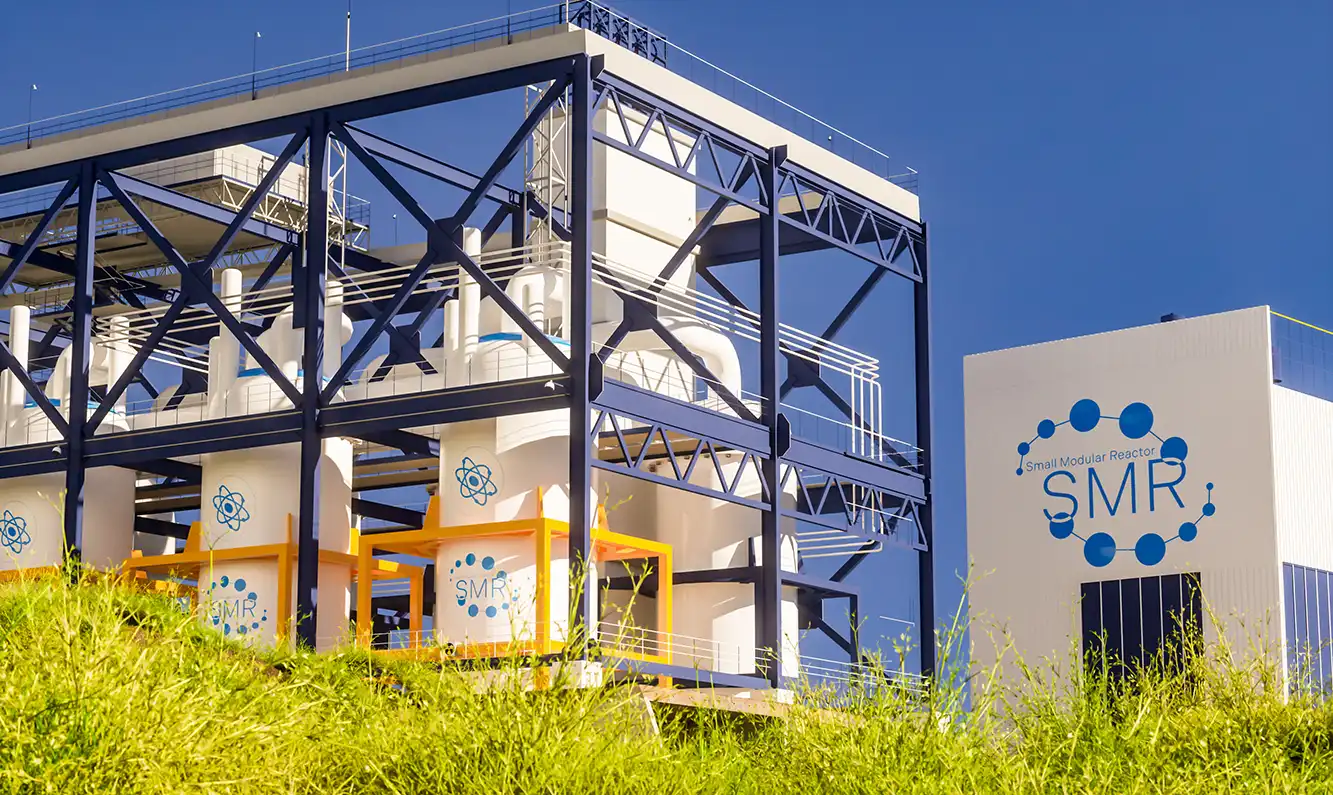
This 3D rendering is a concept of a small modular nuclear reactor power plant. Credit: audioundwerbung
The future of nuclear energy
So, why aren’t we building more nuclear power plants? Actually, we are. On May 20, 2025, the Associated Press reported the Tennessee Valley Authority (TVA) became the first utility to ask federal regulators for a permit to build a small nuclear reactor. It’s the start of a movement that’s already been gaining tons of momentum—the nuclear renaissance. The NRC is tracking all applications for nuclear reactors. You can follow those projects online.
Nuclear energy’s future success will depend on solutions that address longstanding myths while leveraging technological advancements to make nuclear energy even safer, more cost-effective, and widely accepted.
Over the past seven decades, ORAU has successfully supported our federal customers’ efforts to advance nuclear energy, among other important missions, and we have been a leader in preparing the STEM workforce to support a thriving nuclear industry, as well as other scientific fields. Originally established in 1946 as the Oak Ridge Institute for Nuclear Studies, ORAU has played a pivotal role in research, education and scientific advancements around nuclear. From groundbreaking studies conducted by the ORAU Medical Division to radiation safety training through our Professional Training Programs, ORAU has consistently championed nuclear science. Work we have done such as performing radiation dose reconstructions for the NIOSH Radiation Dose Reconstruction Project, and initiatives such as the Partnership for Nuclear Energy, continue to uphold our commitment to fostering innovation and ensuring the responsible use of nuclear technology.
Sources:
Texas Tribune on power grid disaster
First US utility seeks permit for a small nuclear reactor | AP News
